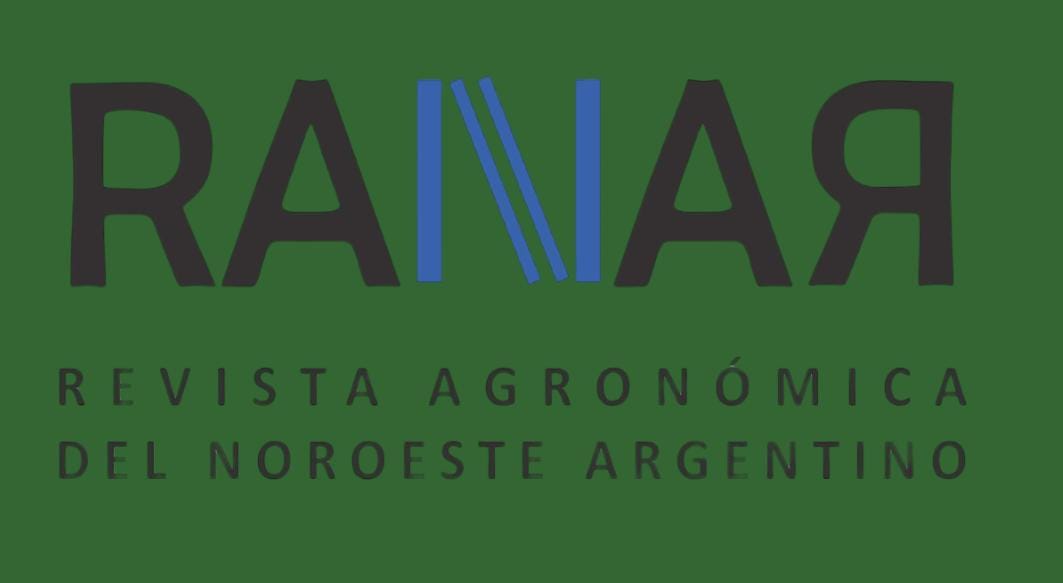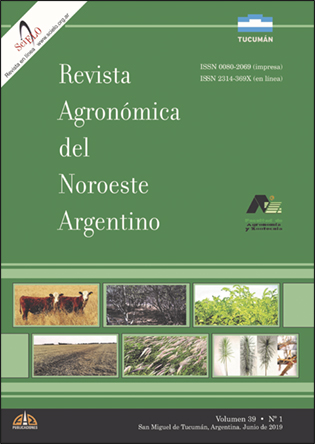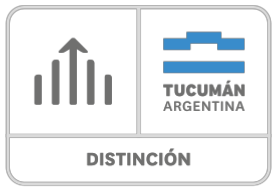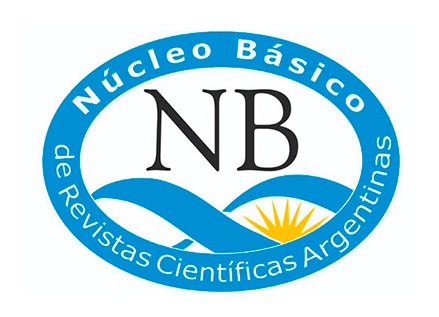Evaluación de sustratos y concentraciones de fertilizantes sobre el crecimiento de pino tadea (Pinus taeda L.) en vivero
Substrate and fertilizer concentration on loblolly pine (Pinus taeda L.) in nursery growth
Abstract
Within the genus Pinus, P. taeda is the most planted species in Corrientes province, Argentina, as it is one of the most suitable for less favorable conditions. This species provides the national market with solid wood of international visibility and profitability on investment which allows sustained growth. This work determined the influence of different substrates and fertilizer concentrations on the growth of P. taeda, using a completely randomized experimental design in factorial arrangement (5 x 3), with three repetitions and eight plants per experimental unit. The substrates used were: composted pine bark, perlite, sand and sawdust in different proportions; and different combinations among them. Slow release fertilizer (N:P:K 18:5 9) was applied at a ratio of: 0, 1.5 and 3 kg/m3 substrate. The following variables were evaluated: height (H), diameter at neck height (DAC), total dry weight and aerial part/root part ratio. Slenderness ratio or robustness coefficient, Dickson quality index and Schmidt-Vogt slenderness index were calculated. The results indicate that the substrate mixture composed of 50 % perlite + 50 % sand with the addition of a slow release fertilizer in a concentration of 1.5 kg/m3, provides adequate physical support for the growth and development of pine plants.









